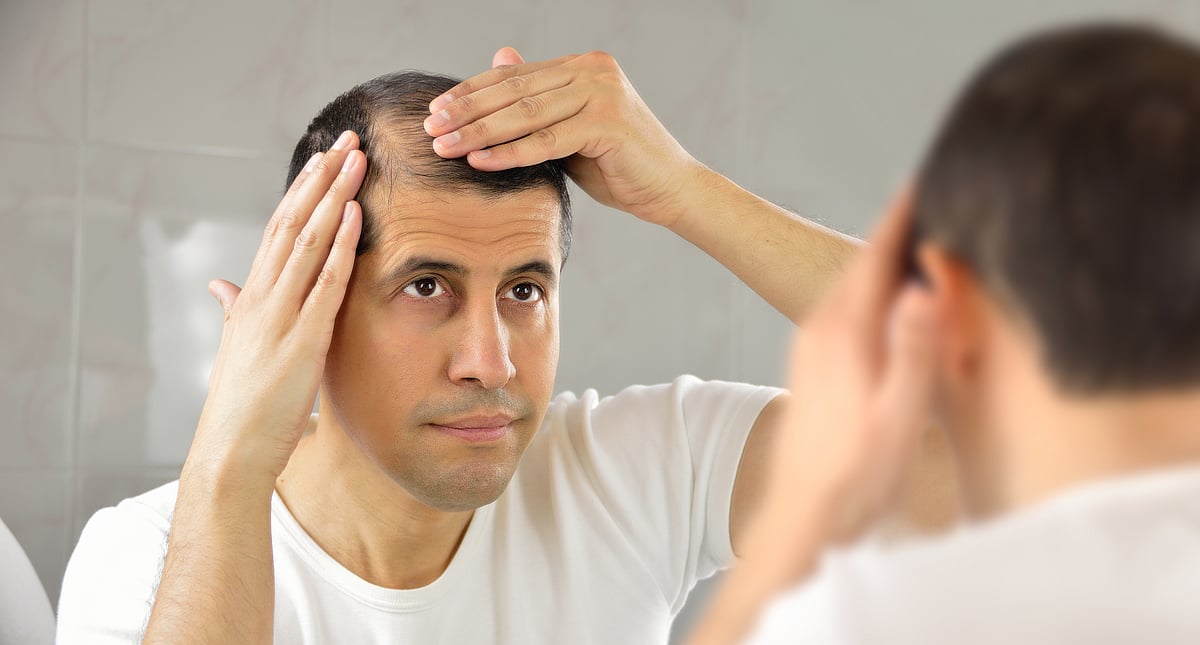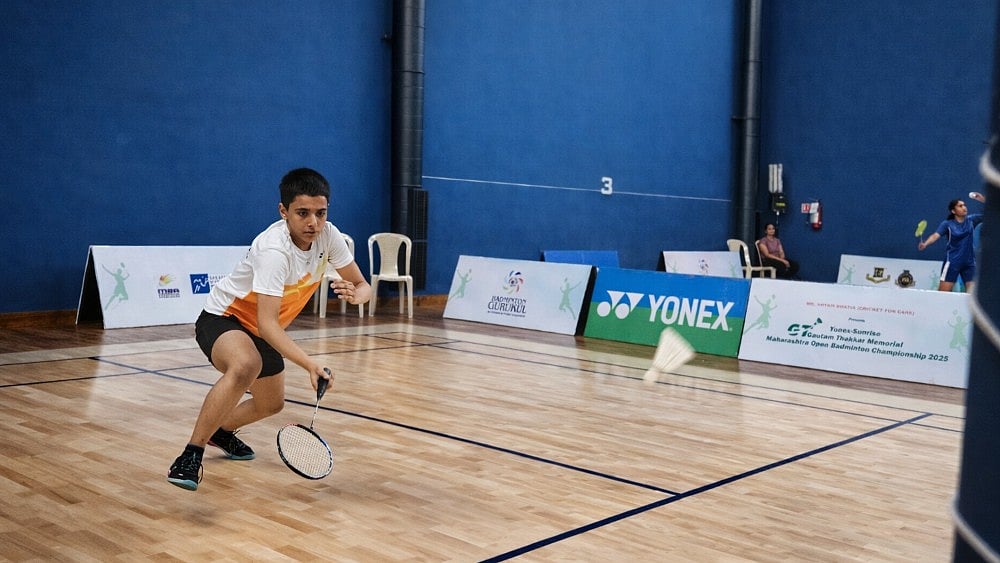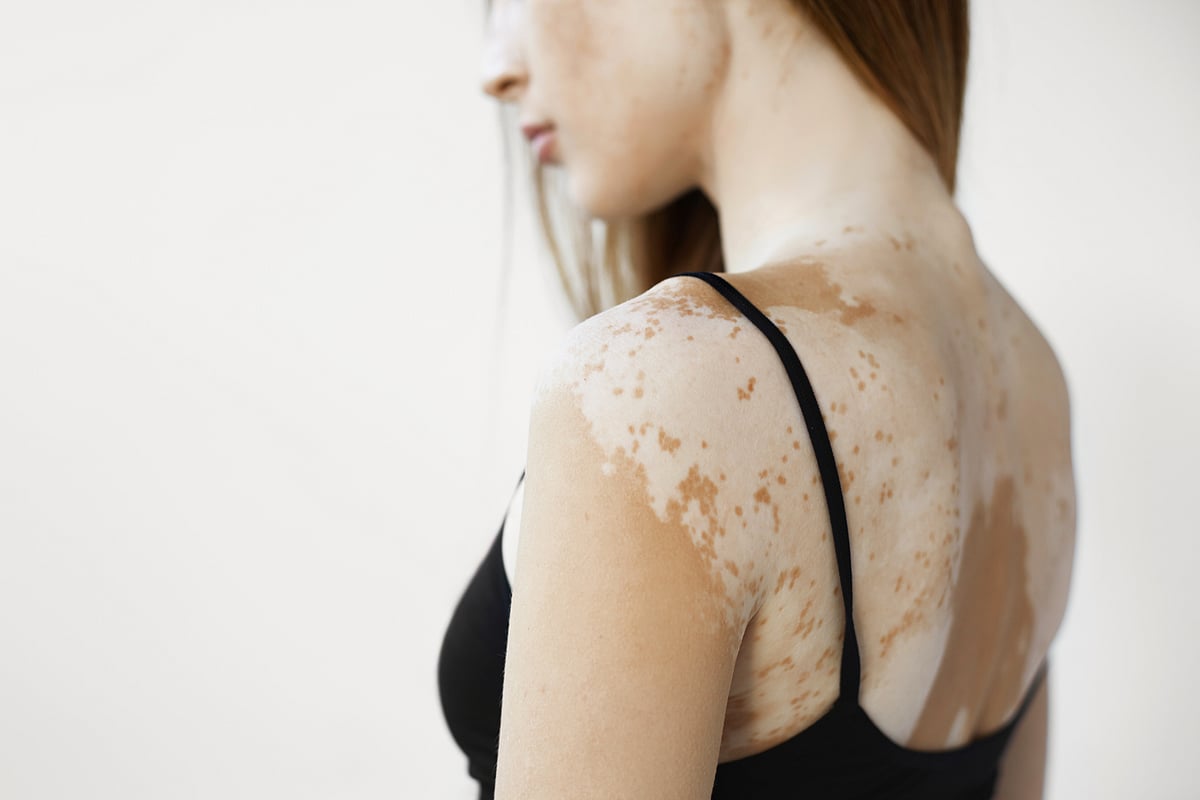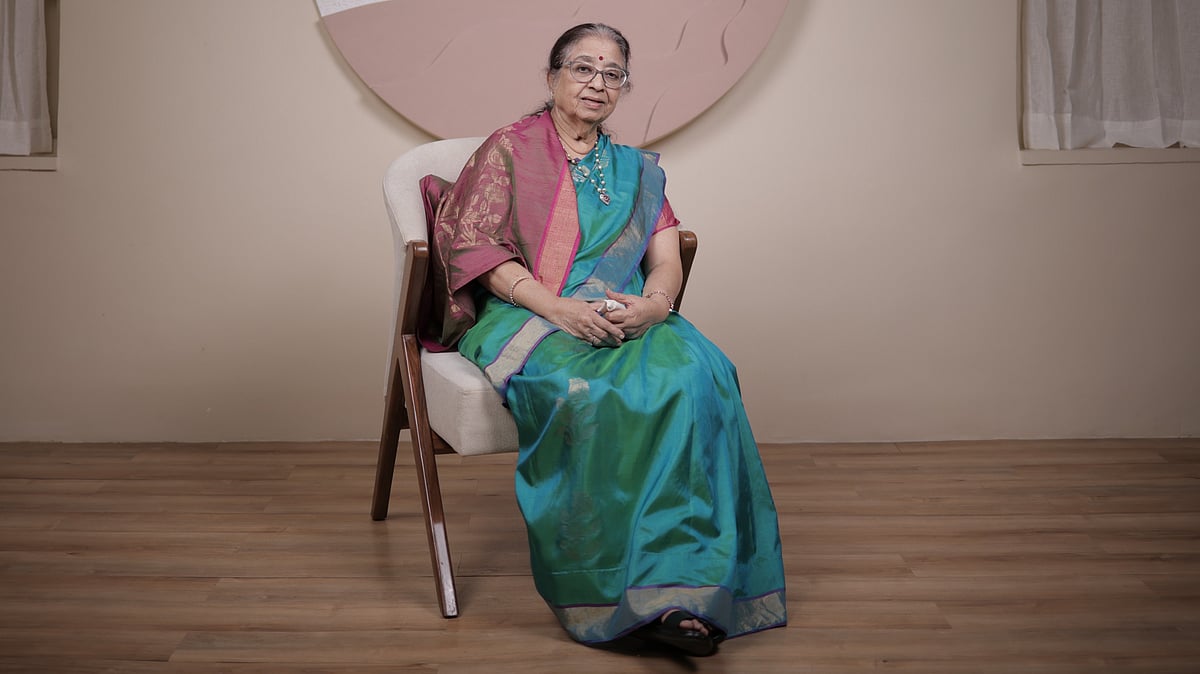Hair loss for men on head and overgrowth of hair on face for women can be quite troublesome from a mental wellbeing perspective. While it may not impact either sex physically, it can take a psychological toll. Lately, stress, pollution, lifestyle choices are creating some crossover problems like women going bald and lack of facial hair in men. There are hundreds of cures offered for both growth and eradication of head and facial hair, however, without proper understanding of the root cause, such treatments, can do harm. This week, I will discuss two peculiar conditions: Alopecia areata and Folliculitis.
Alopecia areata is an autoimmune skin disease in which your body mistakes normal cells for foreign invaders. This causes hair loss on the scalp, face, and other areas of the body as your immune system attacks healthy hair follicles. These attacks cause follicles to grow smaller, slower, and/or to even stop producing hair. This causes hair loss and difficulty regrowing hair in different parts of the body.
The three different types of Alopecia areata include:
Alopecia areata: Baldness appearing in patches. It is patchy falling of hairs of head, eyebrows, beard, whisker without the sign of inflammation. In severe case the baldness extends to the whole body.
Alopecia total: Total hair loss on the scalp.
Alopecia universal: Total hair loss of the scalp and all other parts of the body.
Cause of disease: Malnutrition of skin due to heart and kidney, deficiency of blood, attack of external wind, infection and mental strain.
Main symptoms: Baldness appears suddenly in patches, hair falls in patches, eyebrows, beard, whisker etc. are generally affected, deafness and tinnitus, insomnia, heat in chest, palms and soles, palpitations, forgetfulness , red and dry tongue and thin rapid pulse.
Treatment: UB 15, 18, 20 – Tone all points. GB 20, GV 16, Tw 5 – Sedate all points
Another treatment of alopecia areata: It is baldness in patches due to mental tension, infection, typhoid fever etc.
Treatment: Group I: GV 20, EX 6, K 3, 6, Lu 7. Group II: Lu 7, Li 4, 11, GB 14, St 36, Sp 6
For baldness in front of head: Li 4, Baldness in side of head: Tw 5 and for Baldness in back of head: Lu 7
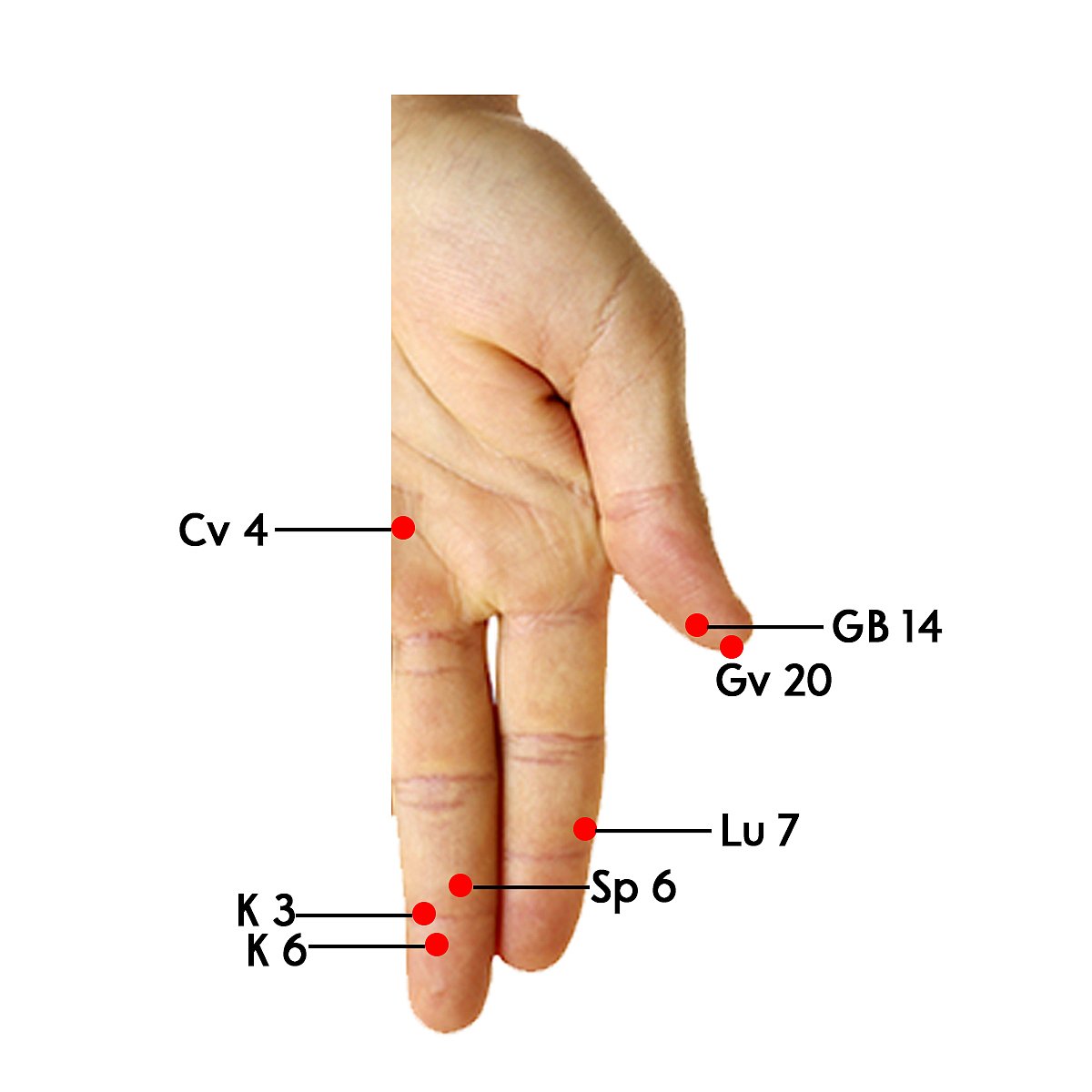
Baldness (Alopecia – Electric stimulation)
Severe dandruff: Treat GB 41 & then Tw 5
Hair fall: K 3, K 6, CV 4, GV 4, UB 11, 15, 23, 54 GB 39
In chronic case treat K 3, 6, CV 4, GV 4, 14, 20, UB 11, 15, 23 to enhance life substance in the body.
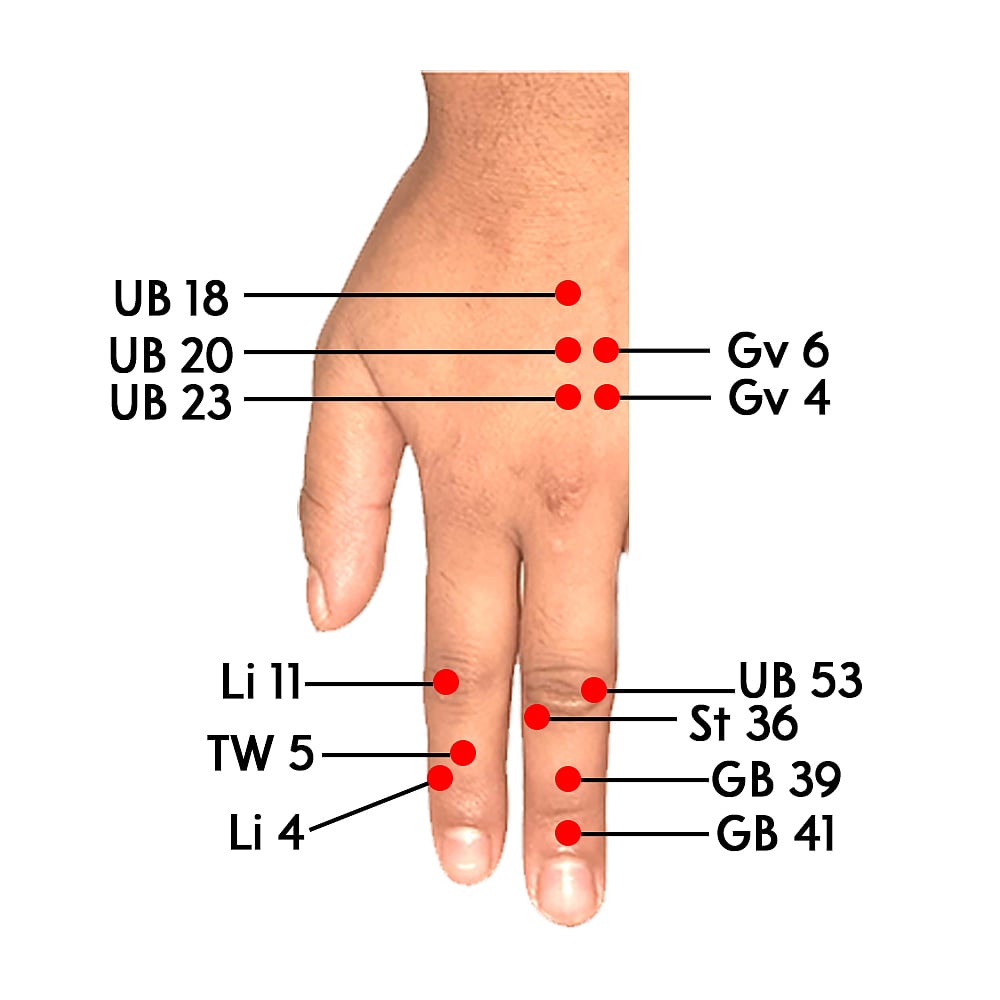
Folliculitis is a relatively common skin disorder caused by inflammation and infection in the hair follicles. Types of folliculitis include razor bumps, hot tub rash, and barber’s itch. A follicle is a small skin cavity from which hair grows. Every single hair on the human body grows from its own follicle. While folliculitis may appear on any area of the body (except the lips, palms of the hands, and soles of the feet), it most commonly affects the arms, legs, buttocks, genitals, chest, back, head, and face.
The condition presents itself as small red bumps, which may have white, pus-filled tips. Although uncomfortable, folliculitis is a relatively harmless condition that can affect people of all ages.
Folliculitis is generally caused by a bacterial infection, commonly called Staphylococcus aureus, or staph. However, fungal infections, viruses, and physical trauma to the follicle can all contribute to folliculitis.
In the initial stages, folliculitis may look like a rash, a patch of small red bumps, or yellow or white-tipped pimples. Over time, this can spread to nearby hair follicles and progress to crusty sores. The condition can affect one or many follicles and may last a short time (acute case) or persist long-term (chronic case).
Signs and symptoms include: Small red bumps, white-headed pimples, pus-filled sores, crusty sores, red skin, inflamed skin, itching, burning, tenderness, pain, swelling, mild fever etc.
Complications
Although folliculitis is not life-threatening, some complications may arise.
These include: Furunculosis – Boils under the skin, scars or dark patches, permanent hair loss due to follicle damage, recurrent follicle infections, infections that spread to other areas, cellulitis (infection of the skin), etc. There are several forms of folliculitis, which can be either superficial or deep. Deep folliculitis affects more of the hair follicle and has more severe symptoms.
Superficial folliculitis
Superficial forms include the following:
Bacterial folliculitis: A common type of folliculitis characterized by pus-filled pimples that itch. This type is usually caused by a staph infection, which normally lives on the skin but enters deeper tissues through a wound or other damage to the skin.
Pseudofolliculitis barbae: Also known as barber’s itch, this type of folliculitis is caused by ingrown hairs. It affects up to 60 percent of black men and others with curly hair. It may also affect people in the genital area.
Pseudomonas folliculitis: More commonly known as hot tub folliculitis, this is caused by a type of bacteria (pseudomonas) that is found in pools and hot tubs where the chlorine levels and pH balance are not adequately monitored. Symptoms usually appear within 72 hours of exposure and are most prevalent on the areas of the body covered by a swimsuit or on the back of the legs. Minor symptoms can resolve without treatment within five days.
Pityrosporum folliculitis: A yeast infection of the skin, which leads to chronic lesions that are red and itchy. It most commonly affects the face and upper body and is particularly prevalent in young adults and adult men.
Deep folliculitis
Forms of deep folliculitis include:
Sycosis barbae: A deeper form of barber’s itch that can cause scarring and permanent hair loss. Boils. Staph bacteria which deeply infect the follicle and lead to boils (furuncles) that are swollen and filled with pus. They continue to grow larger and become very painful until they rupture and drain. Clusters of boils (known as carbuncles) cause more severe symptoms than single boils. Scarring may result from large boils or carbuncles.
Gram-negative folliculitis: People with acne who are on long-term antibiotic therapy may experience this deep form of folliculitis, as antibiotics affect the bacterial balance in the skin. The condition usually clears up once a person has finished their antibiotic treatment.
Eosinophilic folliculitis: People with poorly controlled HIV, late-stage AIDS, or cancer are most likely to experience this form of folliculitis. Symptoms are intense and recurrent and can cause hyperpigmentation (dark patches of skin). The cause is unknown, but some researchers suggest that a hair follicule mite may be the root cause of eosinophilic folliculitis.
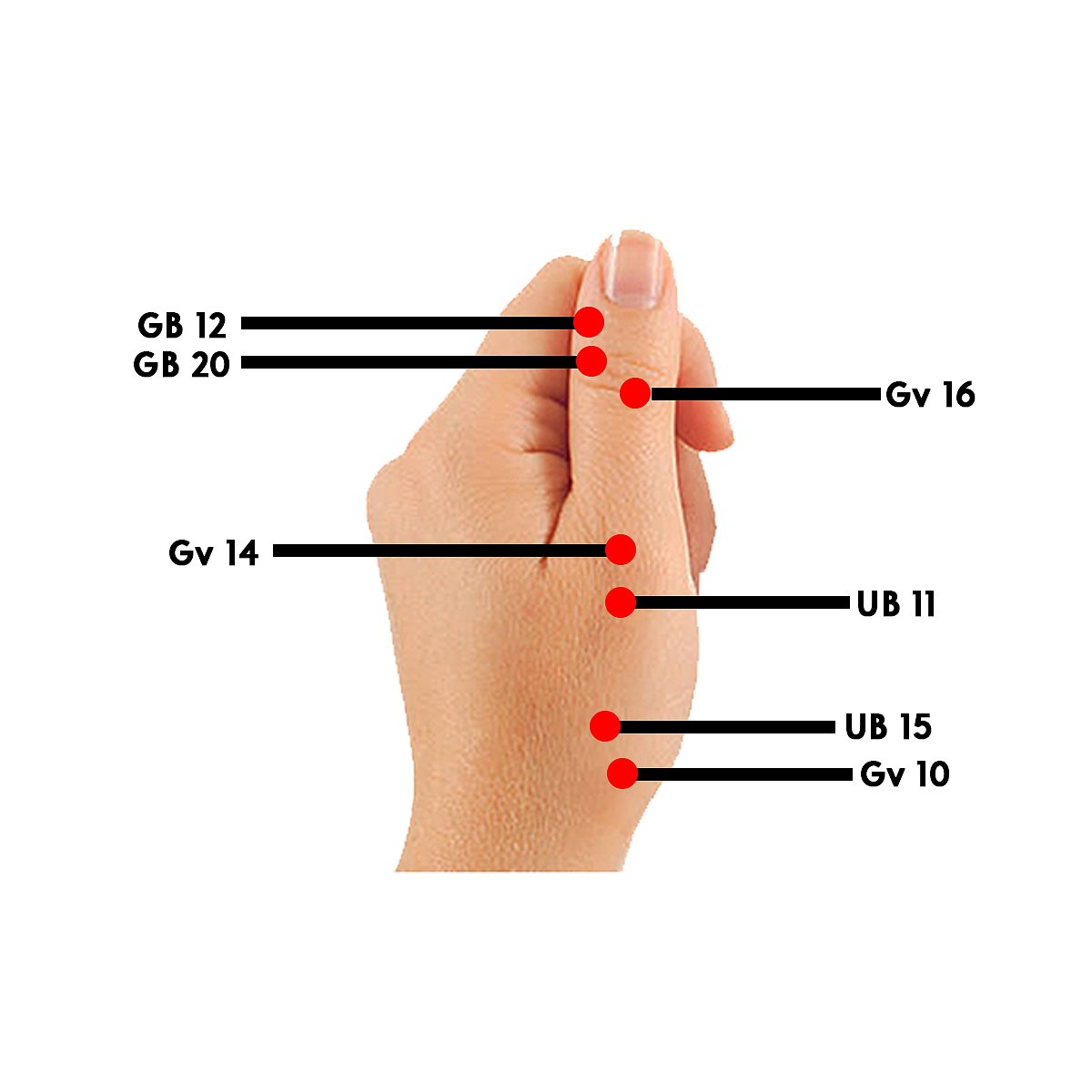
The treatment for folliculitis varies based on the type and severity of the condition. Mild cases often only require home remedies. However, severe or recurrent cases may need medication or other therapies.
Treatment: Paste methi seeds on these pressure points – GV 10, 14, Li 4.
(The Free Press Journal along with the Lions Club of Mumbai ACTION would like to guide people on how to treat self through non-invasive, therapies like Sujok, Ayurvedic Acupressure and Mudra Yoga. This is complementary and will not override the treatment given by doctor. Please share your problems by writing to us at features@fpj.co.in; lionsclubofaction@gmail.com. You can also share the problem on WhatsApp at 9323178565.)
